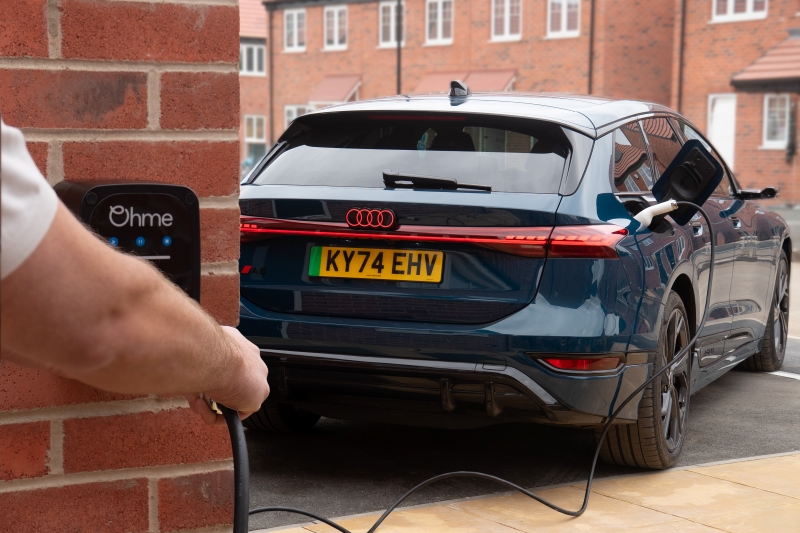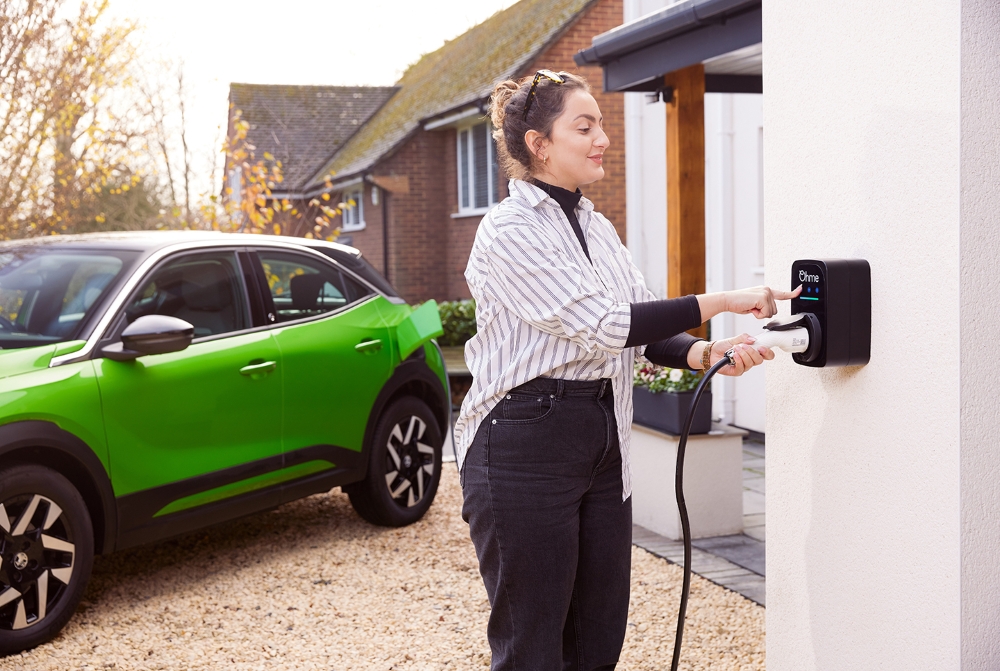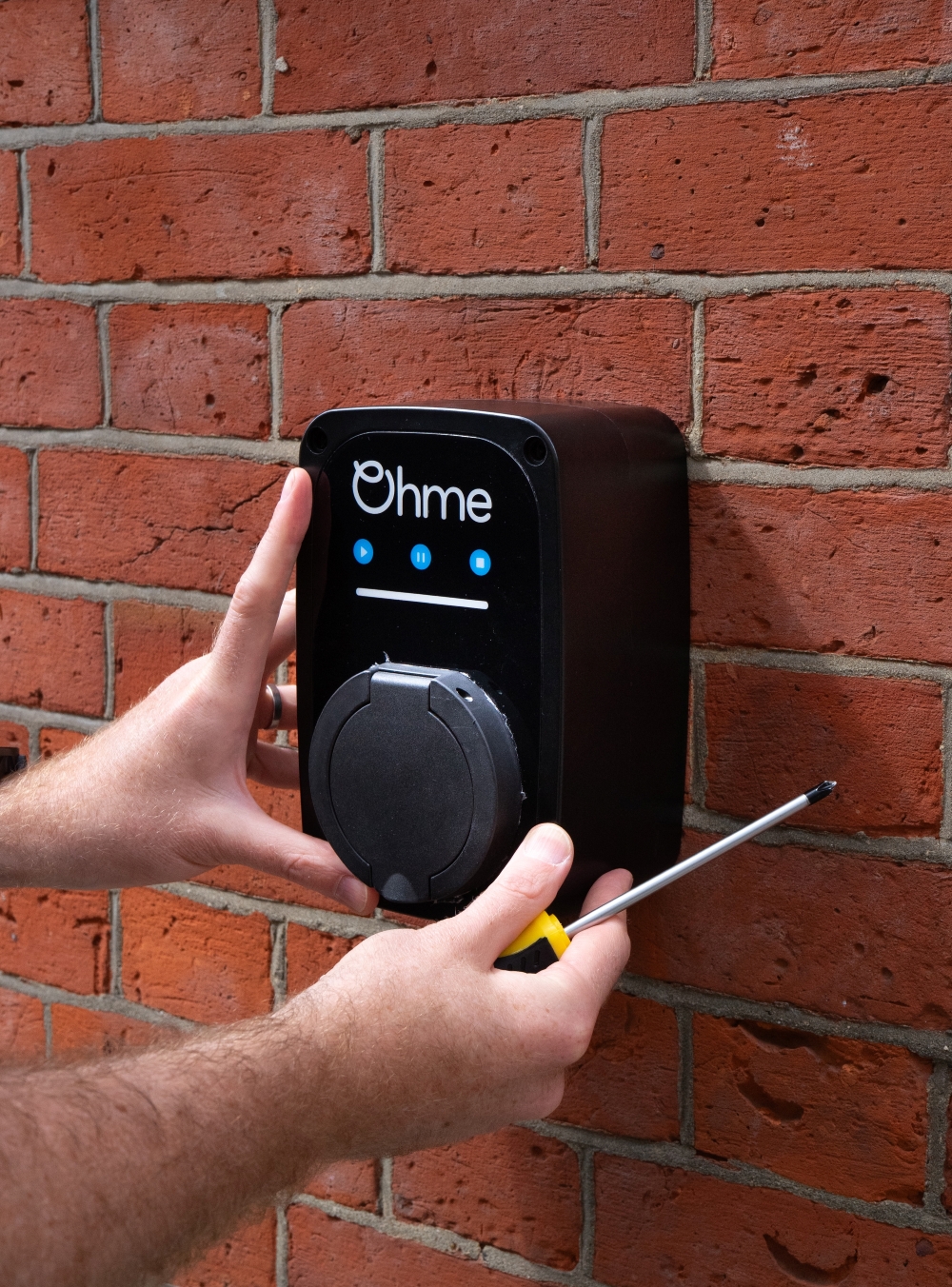
Ohme discusses what housebuilders should look for in a home EV charging partner
The latest new car sales figures have shown that sales of electric vehicle have risen by more than a third so far this year with at least one in five of all new cars leaving showrooms being electric. 2025 will end with the UK’s highest ever level of EV sales.
That, combined with the Part S Building Regulations which arrived in June 2022 (and properly came into force from June 2023), mean that housebuilders have had to educate themselves fairly quickly on home EV chargers.
All fairly straight-forward you might think, except that that the home EV charger market itself has been through lots of change in recent years.
So what should a housebuilder be looking for when choosing a home EV charging partner to ensure they pick the right unit for the needs of both their customers and them?
Buy cheap, pay twice
All that matters is how much you’re paying for a charger and ensuring that price is as low as possible, right? Er, no.
There’s no question that the unit price matters, that’s obvious, but there’s a whole load of other factors to consider too.
“Housebuilders and developers obviously have lots of choice, but they need to choose a product that represents the best value for them both now and in the future,” explains Charlie Mainwaring, Head of Built Environment sales at Ohme, the UK’s largest home EV charging company. “They need a product that is price competitive, but developers should also be asking about ongoing customer support, access to a wide variety of energy tariffs and ease of use.”
A fitting choice
Not all EV chargers are created equally as far as electricians are concerned, so housebuilders should be considering a charger that’s easy to fit and commission.
Ask about average fitting times and ensure that a charger is a ‘first fit’ solution. If an electrician can fit one extra charger per shift, that makes them more efficient and in turn brings cost savings to the electrical contractor.
With a charger such the Ohme ePod favoured by the Vistry Group, the Hill Group and Tilia and Hopkins Homes, its chargers have a built-in SIM card, so they don’t require an existing wi-fi signal to connect. That means an electrician can visit, fit the charger, commission it and move on – a second visit isn’t required.
Probing the product
And finally, of course, there’s the actual charger itself. A few years ago, home EV chargers were little more than glorified plug sockets, now they’re far more complex than that. Are they solar compatible? How user-friendly is the app to operate the charger?
With the rise in EV new car sales too, house-buyers are now far more aware of what they’re looking for and far more demanding too. Home chargers not only need to be fully compliant with the latest regulations, they also need to allow customers to access any energy supplier. Ohme’s chargers are compatible with any energy supplier and the best value smart EV electricity tariffs on the market such as Intelligent Octopus Go.
Fully-charging a Volkswagen ID.5 77kWh with Ohme on a dynamic tariff such as Intelligent Octopus Go could cost just £5.39. By comparison, the same charge on the standard tariff would cost £19.82 – more than three times more.
Over the course of a year for a typical EV driver covering 6800 miles a year, that means paying £437.41 for 12 months of motoring compared to just £119 on Intelligent Octopus Go. The same mileage in an average petrol car would cost more than £1000.
Enabling your customers to access tariffs such as Intelligent Octopus Go will be crucially important for them if not immediately, certainly in the future as more of the move into EVs.
In summary then, just as EV chargers have adapted, so does the need for housebuilders to think about them in greater depth, what the chargers can do and how they can best serve their customers and themselves.
For more information on Ohme click here.










